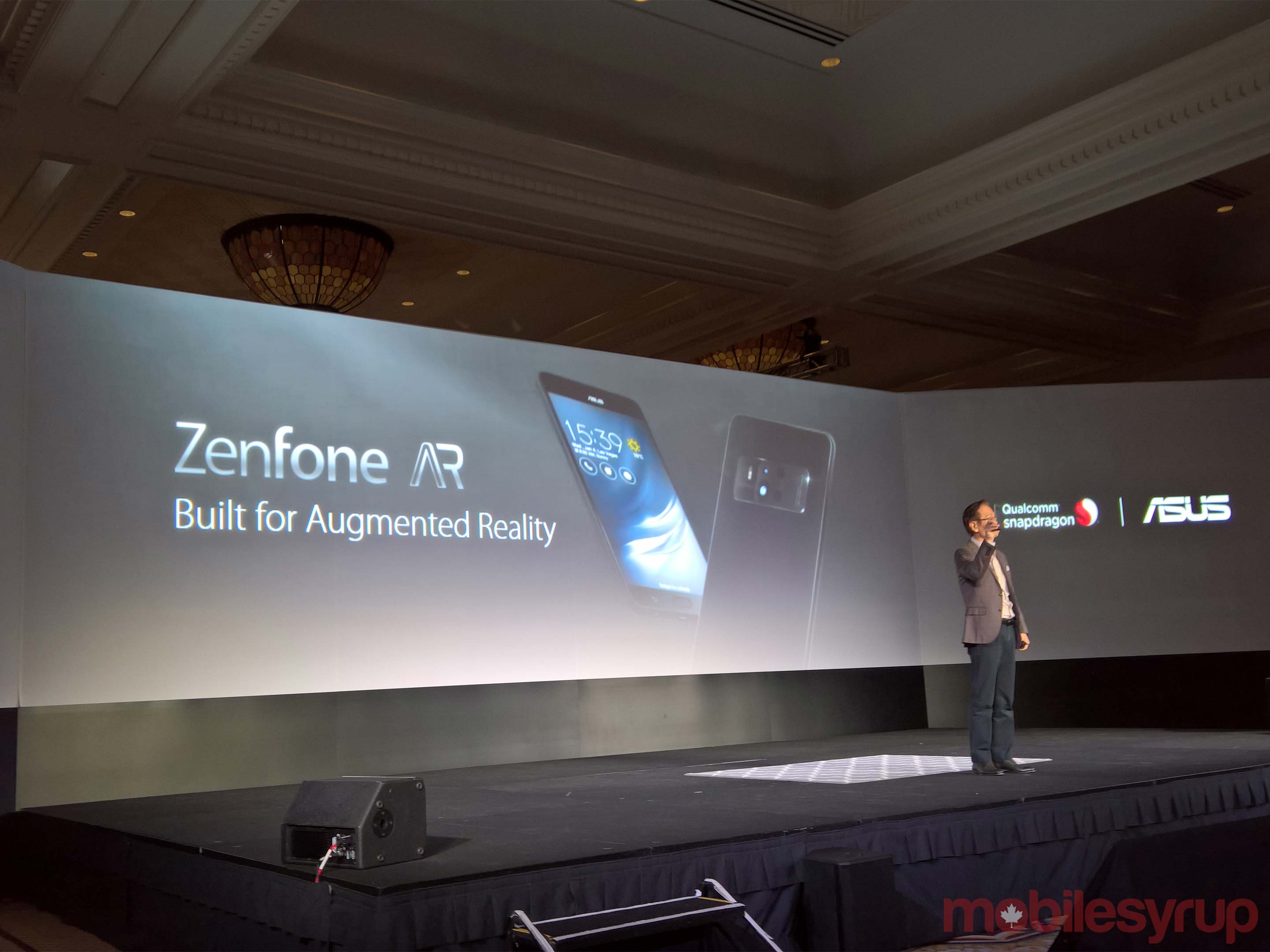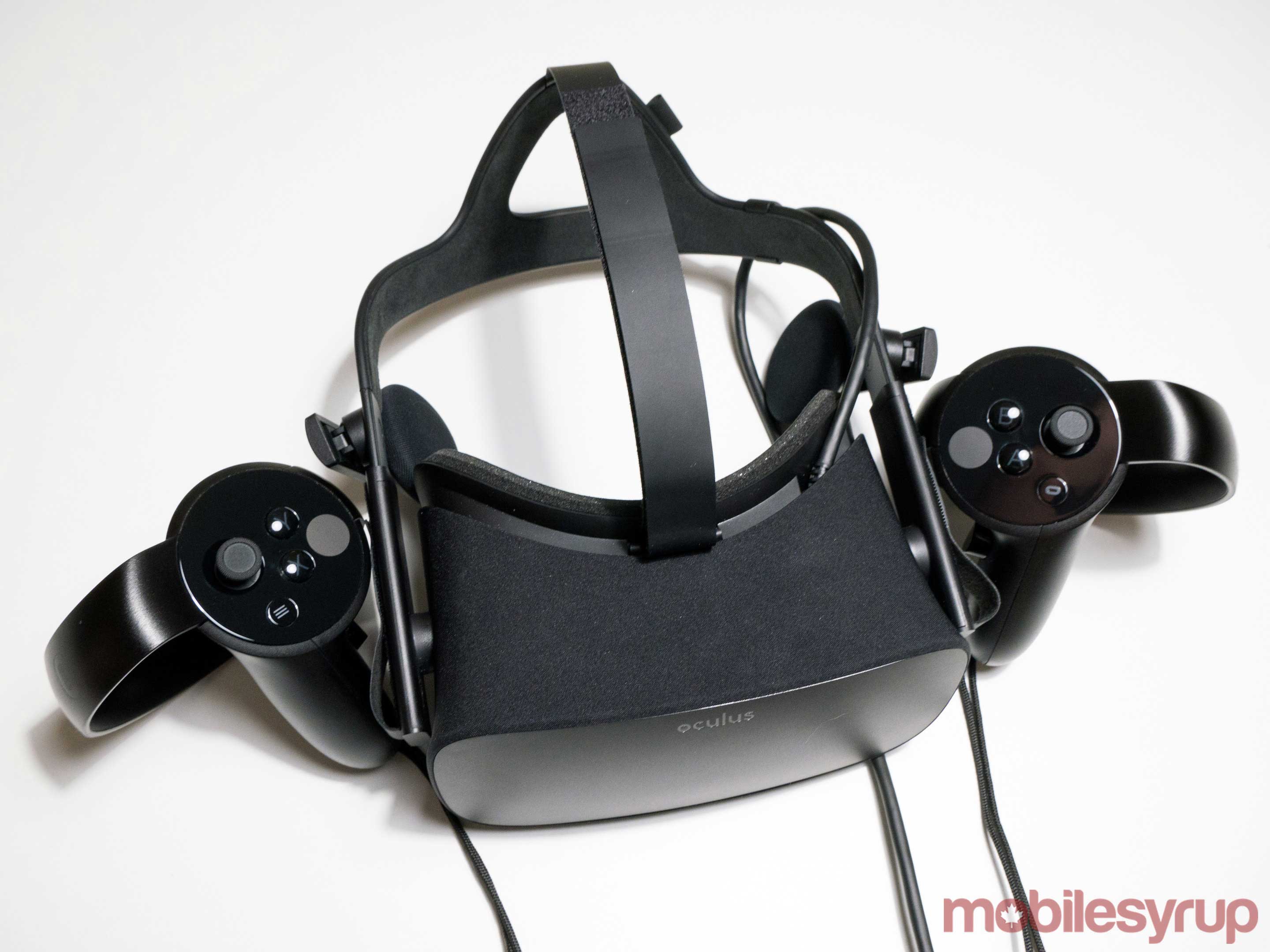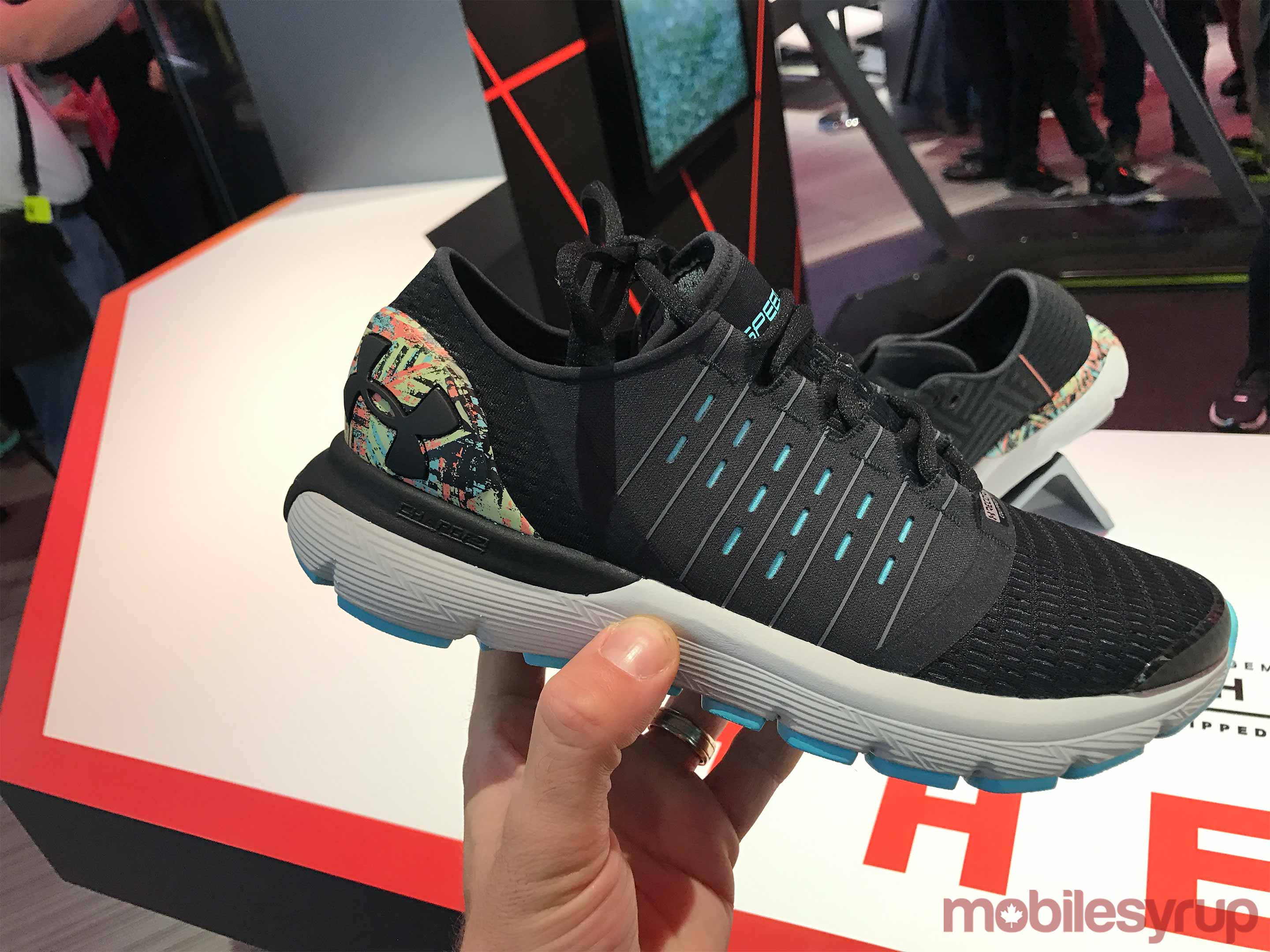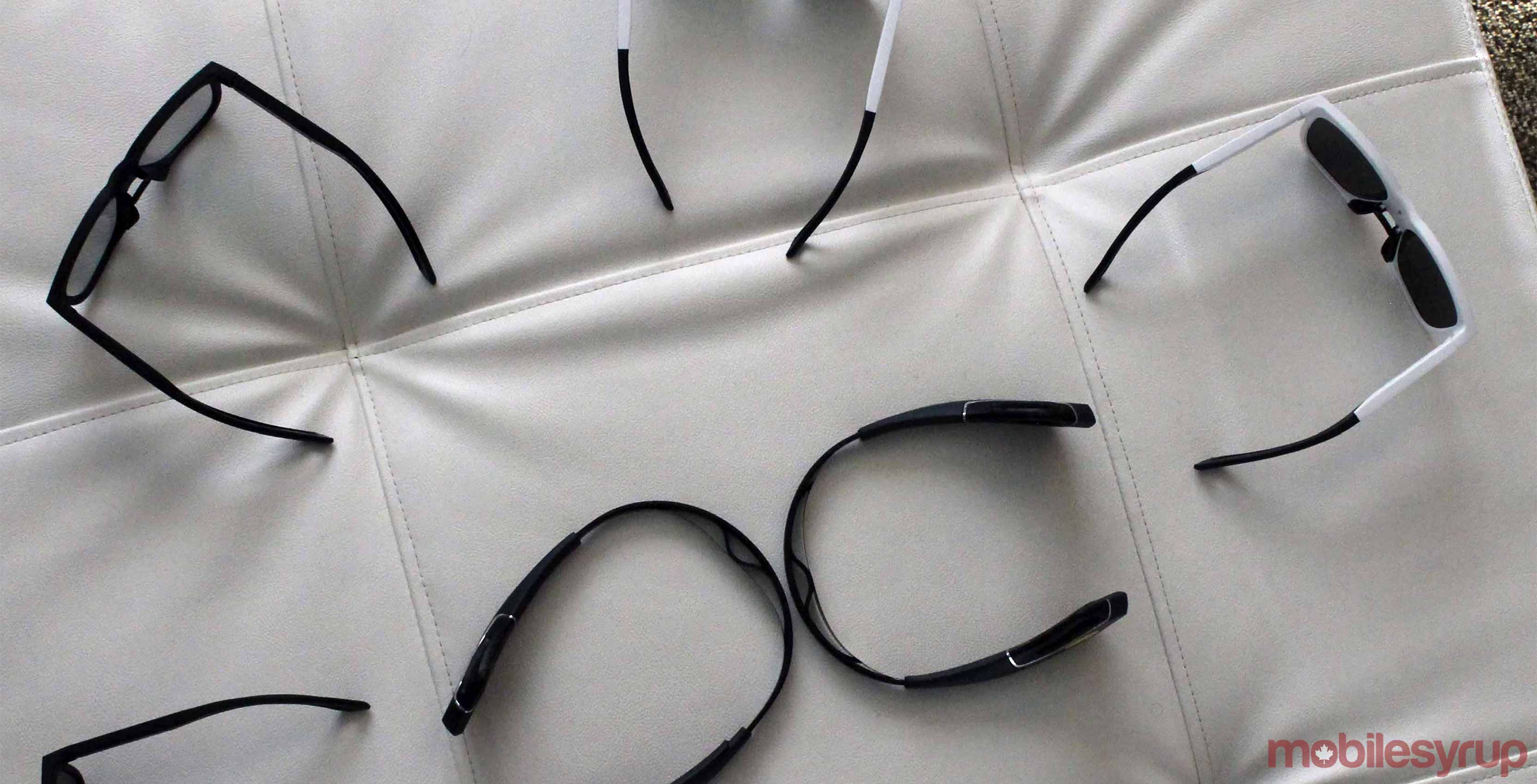
The new year has arrived and it’s going to be one big year for wearable tech.
Evey year I look into my connected crystal ball and peek into the future to predict what might happen in the world of wearables. Here is how I think 2017 will shake down for the wearable world.
1. Wearable tech comes into focus with AI
The biggest buzzword of 2017 is AI and it’s set to be the saving grace of IoT and wearables. Deep learning is a massive missing piece when it comes to our connected world, wearable tech included, as cognitive computing and machine learning will make use of big data and connect the dots for users.
While we won’t see it all come together in 2017, this year AI will start to put wearable tech in focus by showing users why they should be wearing sensors on their body by using the data collected to enhance their lives rather than just displaying it back to them. As part of this, I suspect that voice assistants including Google Assistant, Siri and other AI assistants like Viv and Xperia Agent will play an even greater role this year with wearable tech to help prove its value.
2. 2017 will be the year for hearables
The wearable war is moving from our wrist to our head as a variety of smartphone players, headphone manufacturers, hearing aid companies, and startups, vie for a spot in your ear. We will see a number of new hearables launch in 2017 including devices that put voice-assistant in our ears, capture biometric data, provide a more realistic listening experience with spatial audio, and even augment listening experiences by enhancing and even changing what we hear.
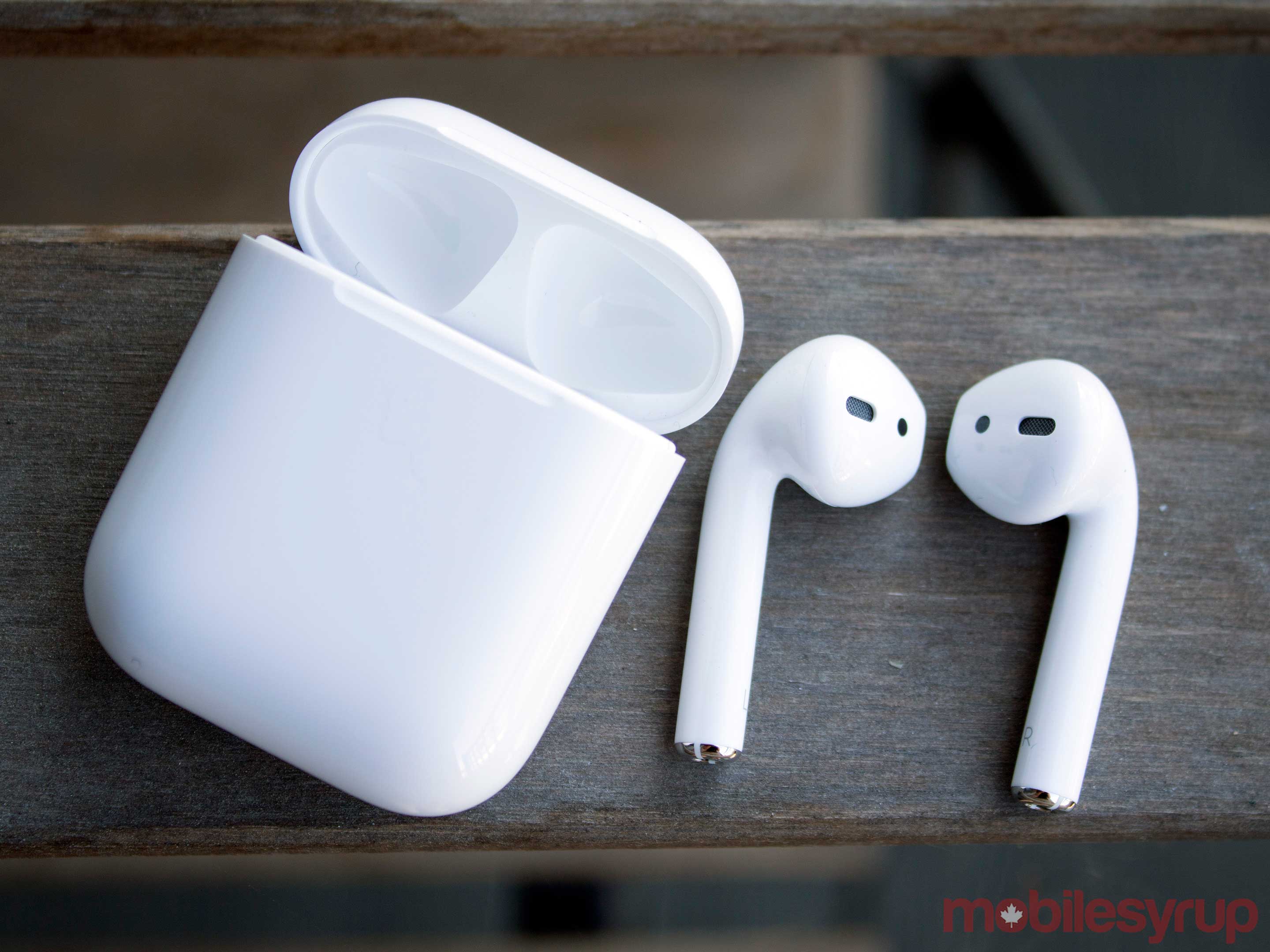
Apple’s entry into the hearable market in 2016 with the launch of its AirPods, will be key to driving this space. I expect we will continue to see AirPods get smarter and become an even more integral part of the iOS ecosystem in 2017 and beyond. While big players like Samsung, Sony, Jabra, Bose and possibly even Google, will drive adoption in 2017, it will be what startups like Doppler, Nuheara, and Bragi, that will illustrate the power of this category.
3. Connected eyewear is back and this time it’s going mainstream
Google Glass may have died in the public sphere back in 2015, but we will see connected eyewear successfully adopted by the mainstream in 2017. These devices will not be full wearable computers like Glass or even have a display, and they certainly will not look like props from a cyborg Sci-Fi movie.
Instead, fashionable glasses that look almost identical to those you would buy today will house bone conduction speakers, LEDs, touchpads, microphones, sensors and even cameras to let you listen to music, track your wellbeing and even capture your point of view.
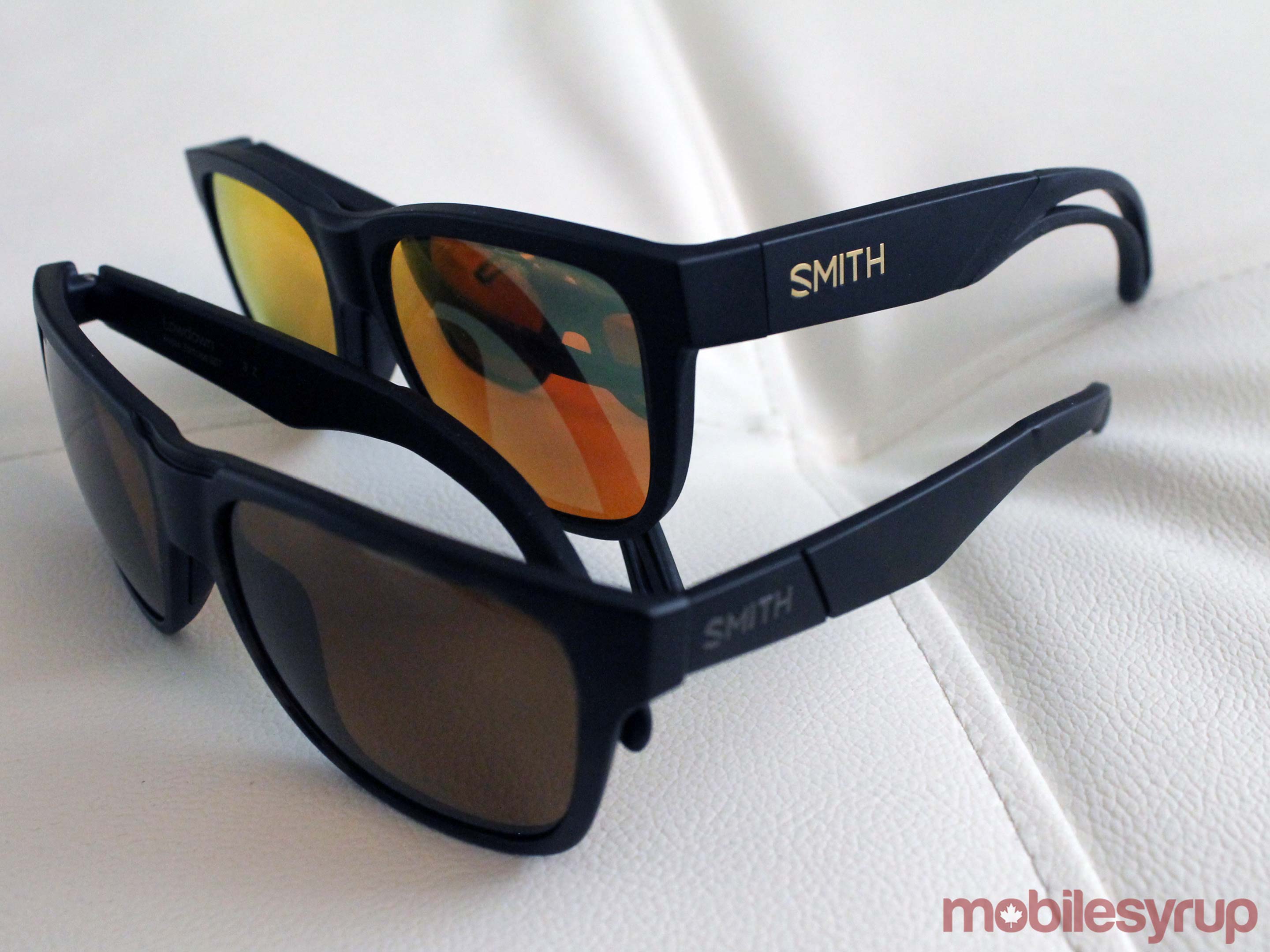
We already caught a glimpse of this future in Snap’s Spectacles which are now on sale and are being worn by avid Snapchatters. Oakley and Intel’s athlete-focused Radar Pace and in Vue’s connected glasses which raised more than $2.2M on Kickstarter at the end of last year.
It will be devices that are being produced by leaders in eyewear fashion such as Safilo and InteraXon’s Smith Lowdown Focus, that I will have my eye on as I believe that these brand partnerships will be wholly necessary for this type of wearable to thrive.
4. Fitbit opens up in order to continue its reign
Fitbit continued its reign as the wearables king in 2016 just as I predicted. I believe the fitness band company will do it again in 2017, but in order to accomplish this it’ll need to open itself up to offer more value to users. Fitbit’s acquisition of Pebble’s software assets in late 2016 positions them well to do this as does its purchase of Coin’s wearable payments technology.
Fitbit has already started to move beyond just being a social step-counter with its focus on corporate wellness partnerships with the likes of UnitedHealthcare, New York Life, Pitney Bowes, SAP which see the use of fitness data to earn money or earn discounts.

2017 could see Fitbit make these types of exchanges outside of the workplace. I suspect that this year we will see Fitbit offer greater integration with smart home systems and voice assistants, including Amazon’s Alexa which it’s already working with. I wouldn’t be surprised to see Fitbit introduce a new wristband that has voice control and there are already rumours that this year we will see Fitbit launch its own app store.
5. The ‘Magicband’ leaves the theme park to transform tourism and live events
Perhaps the most successful example of consumer use of wearable tech is Disney’s MagicBand. A $1 billion investment by Disney, these customizable RFID wristbands transformed the way millions of people move through Walt Disney World. MagicBands are used by theme park goers to enter rides, buy goods, enter hotel rooms and personalize the Disney experience. One of wearable tech’s killer apps is authentication of the wearer resulting in the ability to make everyday tasks frictionless and personalized. But in order to do this, the world around you needs to be smart. While the world at large has few smart touchpoints, Disney’s world has many because they are in complete control of their environment.
There are many controlled environments where the MagicBand model could be replicated especially in tourism and live events. I predict that this year we will see the tourism and live event sector will heavily invest in wearable systems, changing the resort, cruise, concert and theme park experience.
In fact, it has already begun with the recent announcement of Carnival Cruise rolling out its Ocean Medallion wearable program. Expect to hear more announcements of this kind this year as the dumb wristbands you are given for your vacation or entertainment experience all become connected. Or potentially the smart fitness bands you own see new uses in full connected environments.
6. Smartwatches eat the dumb watch market but can’t expand outside of it
Soon there won’t be very many dumb watch options for you to purchase. Although smartwatches haven’t exactly taken off the way some had expected it to, one thing is clear, the traditional watch industry has been disrupted by wearable tech.
I suspect that this will be a banner year for smartwatches led by the hybrid smartwatch model like Fossil’s Skagen, Michael Kors or Kate Spade models or Withing Activité and Steel HR, which give the fashionable analog watch look users crave, along with the benefits of notifications, fitness tracking and other “smarts.”
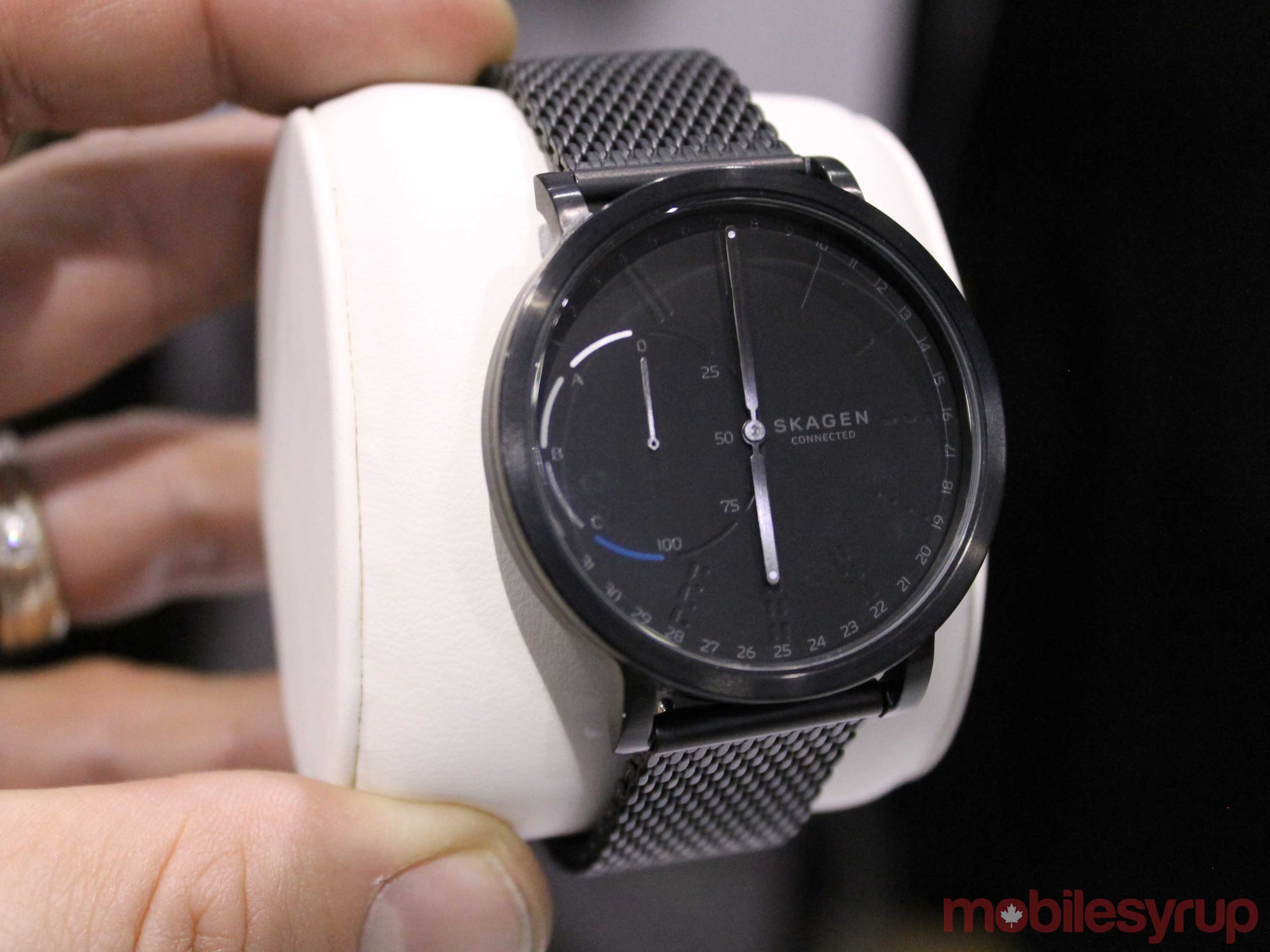
While smartwatches will eat the traditional watch market, I’m not convinced they will be able to crack outside of it. I expect to see smartwatch numbers continue to be sized according to the number of people that want to wear any watch on their wrist. Smartwatches will continue to struggle to prove their value to non-watch wearers, especially as digital displays on our wrist face competition with AR and VR headset solutions that will offer overlapping use cases. In this way, I expect the wristband market outpacing the smartwatch market in the wearable wrist category.
7. Mobile takes AR to the masses
One of the biggest announcement coming out of CES is the upcoming Asus ZenFone which is the very first Tango-enabled and Daydream compatible smartphone. I suspect that in 2017 we will see multiple Tango smartphones and even other non-Google depth-sensing smartphones, like one from Apple, be made available to consumers making AR a standard feature of the smartphone.
While we will see AR smartglasses continue to hit the faces of workers this year, the consumer AR journey will be a mobile one to start, and in this way mainly a handheld one. Although I do expect that VR goggles and other mobile headset solutions like Daydream will offer users a hands-free AR experience for specific use cases.
8. Smartglasses officially become enterprise tools
What does the pager, cellphone, PDA and even the smartphone have in common? They were all tools we used at work before they found themselves become an integral part of our everyday lives. History repeats itself and we should expect this same pattern for this next wave of computing. In fact, we already have.
In my round up of 2016 predictions, I noted that 2016 saw many companies piloting the use of smartglasses, including DHL and Boeing. This year I suspect that we will hear of full deployments of smartglasses being used as integral tools to workforce solutions. Beyond these integrated solutions, I also suspect that this year we will begin to see these devices being used to explore how they can better office productivity as office workers begin to put glasses on their face to provide them with more screens or better telepresence opportunities to make their jobs more efficient.
Using smartglasses as tools at work will make users more comfortable with face-tech and immediately prove the value of wearing smartglasses which will begin to pave the necessary foundation for these devices to break out of the office and into the home.
9. The arcade returns with the prevalence of VR entertainment centres
Let’s face it, 2016 was a great year for VR but we are a far way off from widespread adoption. Dedicated PC VR is still way too expensive for the casual non-gamer. While I expect VR sales to be on the incline in 2017, especially as next generation devices cause the first gen products to go on sale, I believe it will be the emergence of VR arcades and experience centres that will see the most activity in 2017.
While VR experience centres are becoming commonplace in China and other parts of Asia, we have yet to really see them take off in North America. In 2017 we will see the IMAX make a big push in this area with the launch of IMAX VR centres and HTC’s commitment to offering fantastic virtual reality experiences to the masses through its HTC Viveport arcade initiative. A resurgence of nights out at the arcade, theatre, or weekends at the theme park will be driven by brand new VR experiences you can’t get at home.
10. Mobile VR growth continues to be driven by new smartphones and video, mainly porn
Mobile VR saw a huge year in 2016 with the introduction of Daydream. But while I expect people to be transported to new worlds in VR with robust systems in the arcade, I suspect that we will see the mobile VR growth mainly driven by video.
While I believe there will be some compelling 360-degree video use cases especially in sports, for the most part I expect users will be drawn to mobile VR headsets to simply have a heads-up and much larger viewing experience of regular video content on platforms like Netflix and Hulu. But like many video technologies before it, porn will drive a big part of mobile VR adoption as more adult content providers begin to offer a wider selection of 360 and 180 degree content.
11. Sports apparel brands make smart clothing happen by using data as a differentiator, starting with shoes
We’ve been waiting a while for smart clothing to take off. I went on record saying that 2016 was not going to be the year we saw this category take off. Well, this year I am saying that again. 2017 will be the year that we start to see our clothing become smart, as sports apparel brands like Under Armour begin to use sensor data in order to compete in a saturated market.
Under Armour now has four pairs of smart shoes available to consumers. I suspect that we will see other brands come out with shoes with sensors soon. Meanwhile, this year will also see the launch of two highly anticipated smart clothing products: Wearable Experiments connected yoga wear, Nadia and the Levis and Google connected trucker jacket powered by technology from Project Jacquard.
While I believe that connected apparel will stay niched in fitness and gym clothing for the time being, it will be interesting to see the impact a large brand like Levis has on driving awareness, possibly allowing smart clothes to push beyond the fitness vertical.
12. 5G connectivity and advancements in battery life prepare to scale
Two of the biggest foundational elements necessary for the wearable and IoT revolution to succeed are connectivity and energy. The 5G revolution is on its way with larger trials expected to roll out this year. As we get closer to its full debut in 2020, we will continue to hear more about what it is, how the networks are preparing and the how it will change our lives. Like our networks, batteries are also on the brink of transformation.
From over-the-air charging to a move beyond lithium-ion batteries to aluminium-air, graphene or solid state batteries, we have seen a lot of activity from academia and startups which prove that we are close to cutting the cord for our devices. The challenge is commercialization of these solutions. I expect that this year we will see these commercialization partners emerge to lay the groundwork necessary to take new batteries to scale.
Think you’ve seen the future too? Let me know what predictions you have for wearable tech this year in the comments below.
MobileSyrup may earn a commission from purchases made via our links, which helps fund the journalism we provide free on our website. These links do not influence our editorial content. Support us here.

